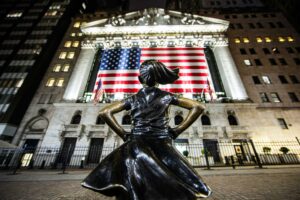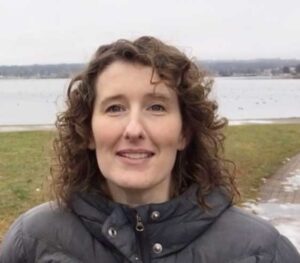Many activists, especially women of colour and Indigenous peoples, have used fiction to create alternative pasts, presents and futures that are anti-racist and decolonial – to create worlds that operate outside of current power structures. This can happen through fiction writing, public artworks, and community organizing. Imagining different versions of our society is empowering, especially for those who are marginalized in our current society.
Fiction can help us understand the massive implications of climate change. Creating narratives to understand our situation helps us cope so that we can see a path to the future instead of overwhelming uncertainty and fear. Especially when those narratives are hopeful ones.
The thing is, those kinds of futures are possible when we can imagine them. This is part of why youth are leading the calls for change – real change, the kind that transforms the systems themselves, not just making changes within the system like many adults do.
Having visions of the future that are not limited by what the current political and economic systems tell us is possible, is what makes these alternative futures possible.
We haven’t been bombarded with messages about “it’s just the way it is” as long as many adults have – we haven’t given into the acceptance and fatalism of the status quo.
A certain kind of economics, politics and social structure has been drilled into people, especially at the end of the 20th century – we didn’t get as much of this as our parents did. We are growing up at a time when these systems are in crisis, on the verge of collapse, or reckoning. We’re seeing the consequences of how things have been run.
We know that this kind of selfish, exploitative, unsustainable politics (usually called ‘neoliberalism’) can’t go on – for people or the Earth. The myth of infinite economic growth, founded on colonialism and racism, the myth of unbridled consumption, the myth that The Market will save us – we aren’t buying it.









